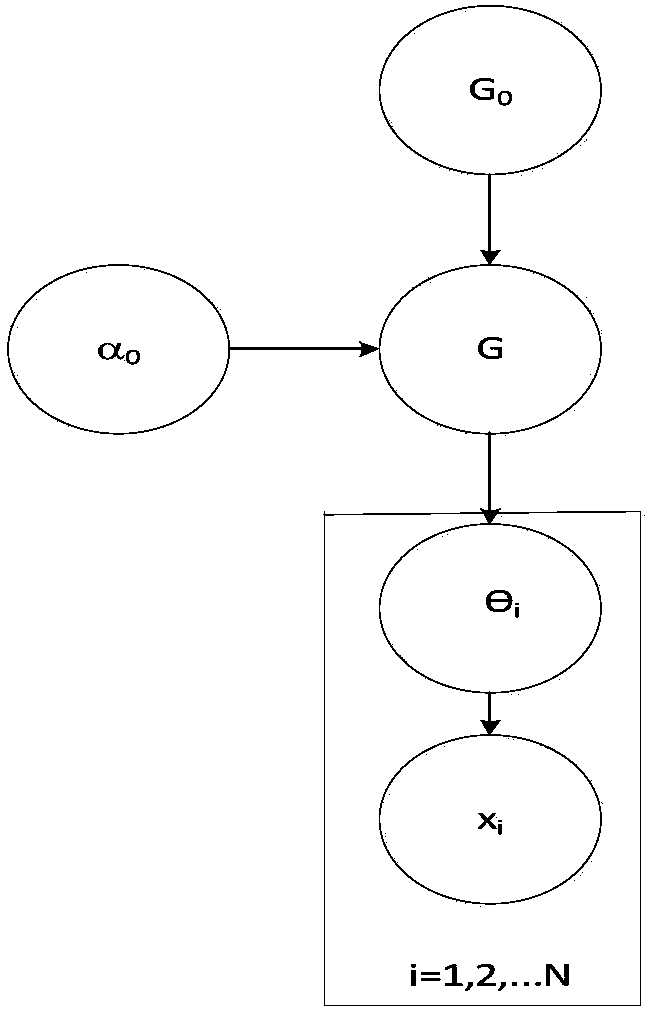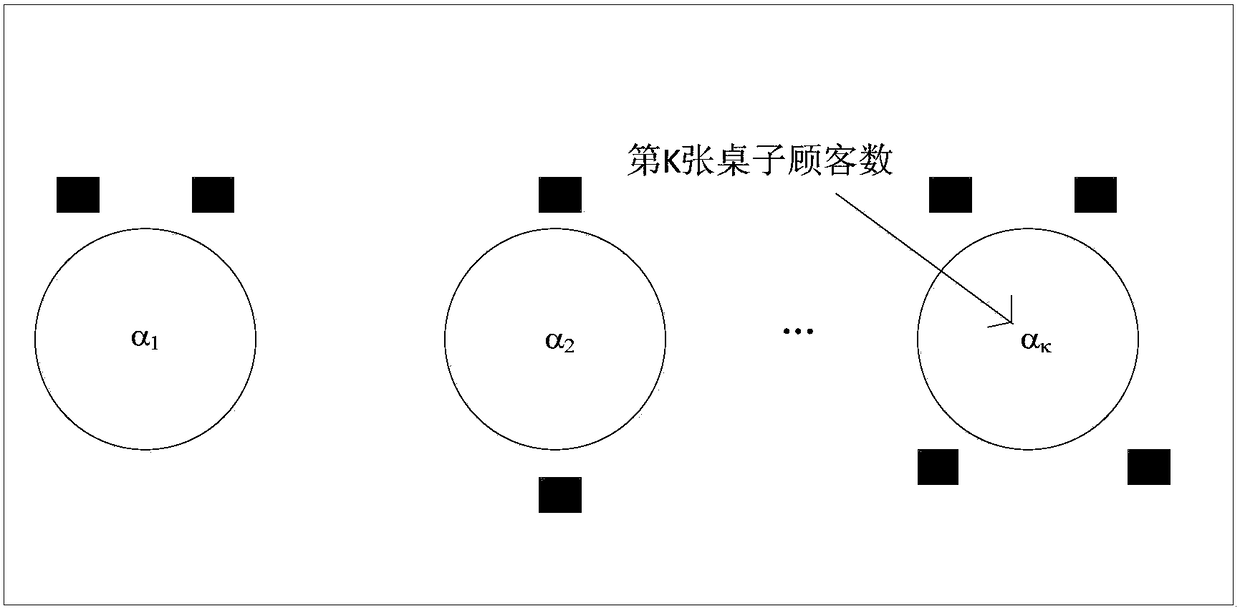Method for predicting trajectory of marine floating objects based on adaptive Gaussian mixture model
A technology of Gaussian mixture model and mixture model, which is applied in character and pattern recognition, instruments, computer components, etc.
- Summary
- Abstract
- Description
- Claims
- Application Information
AI Technical Summary
Problems solved by technology
Method used
Image
Examples
Embodiment Construction
[0044] In order to make the technical means, creative features, goals and effects of the present invention easy to understand, the following will further elaborate the present invention in combination with the buoy trajectory sets of longitude values in the x direction and latitude values in the y direction obtained by NOAA in real time in one embodiment , including step 1.1 and step 1.2, the flow chart is as follows image 3 Shown: Step 1.1: Combine Gaussian mixture model and Dirichlet mixture model for adaptive clustering on the trajectories of floating objects in the sea;
[0045] Step 1.2: Use the Gaussian process regression method to predict the clustered trajectories;
[0046] Step 1.1 includes the following steps:
[0047] Step 11: Building the Model
[0048] Establish the required model through the Gaussian mixture model, using the longitude value x direction and latitude value y direction, since the number of clusters k is unknown, (x i ,y i ) belongs to unsuper...
PUM
 Login to View More
Login to View More Abstract
Description
Claims
Application Information
 Login to View More
Login to View More - R&D
- Intellectual Property
- Life Sciences
- Materials
- Tech Scout
- Unparalleled Data Quality
- Higher Quality Content
- 60% Fewer Hallucinations
Browse by: Latest US Patents, China's latest patents, Technical Efficacy Thesaurus, Application Domain, Technology Topic, Popular Technical Reports.
© 2025 PatSnap. All rights reserved.Legal|Privacy policy|Modern Slavery Act Transparency Statement|Sitemap|About US| Contact US: help@patsnap.com



